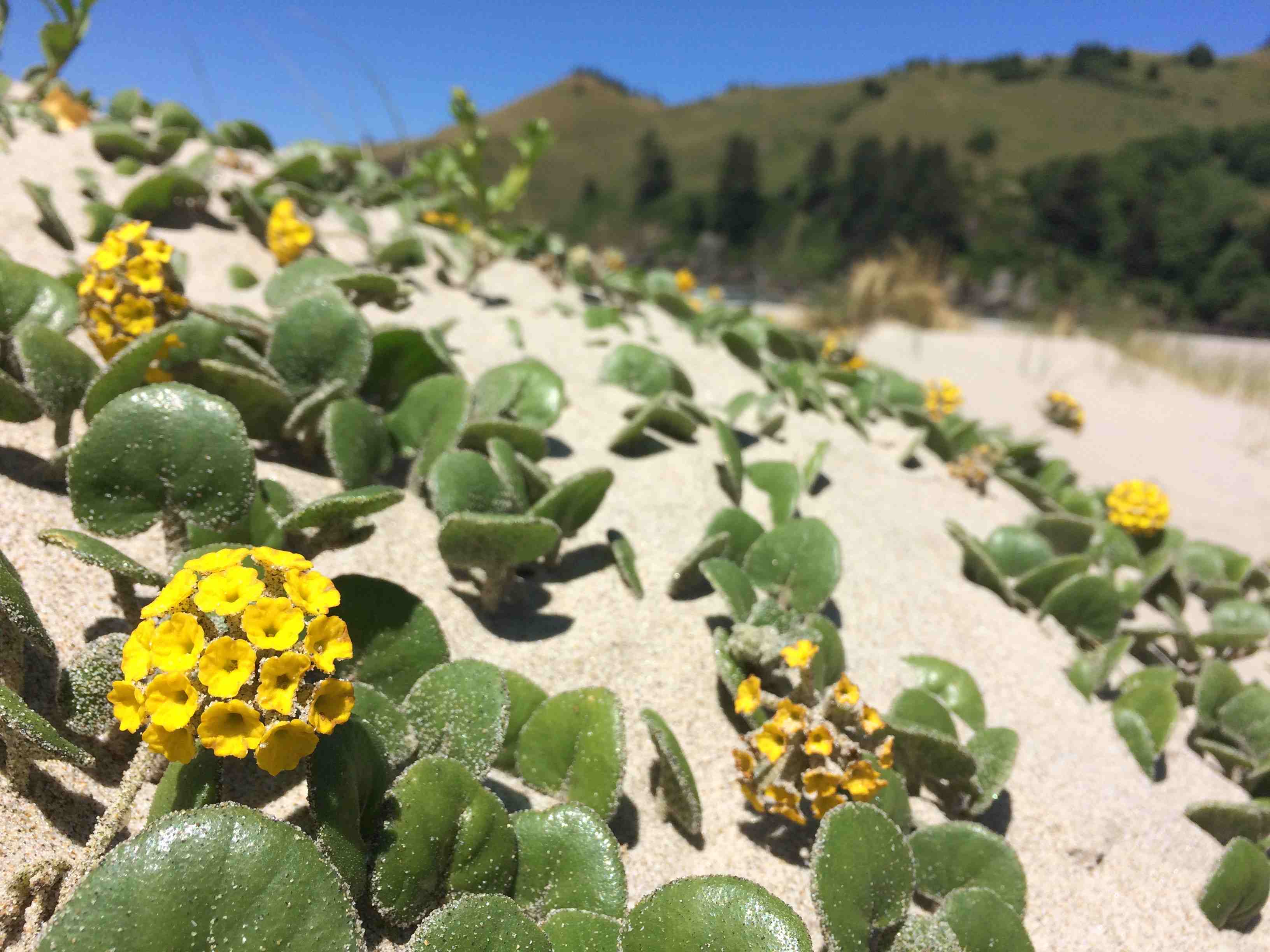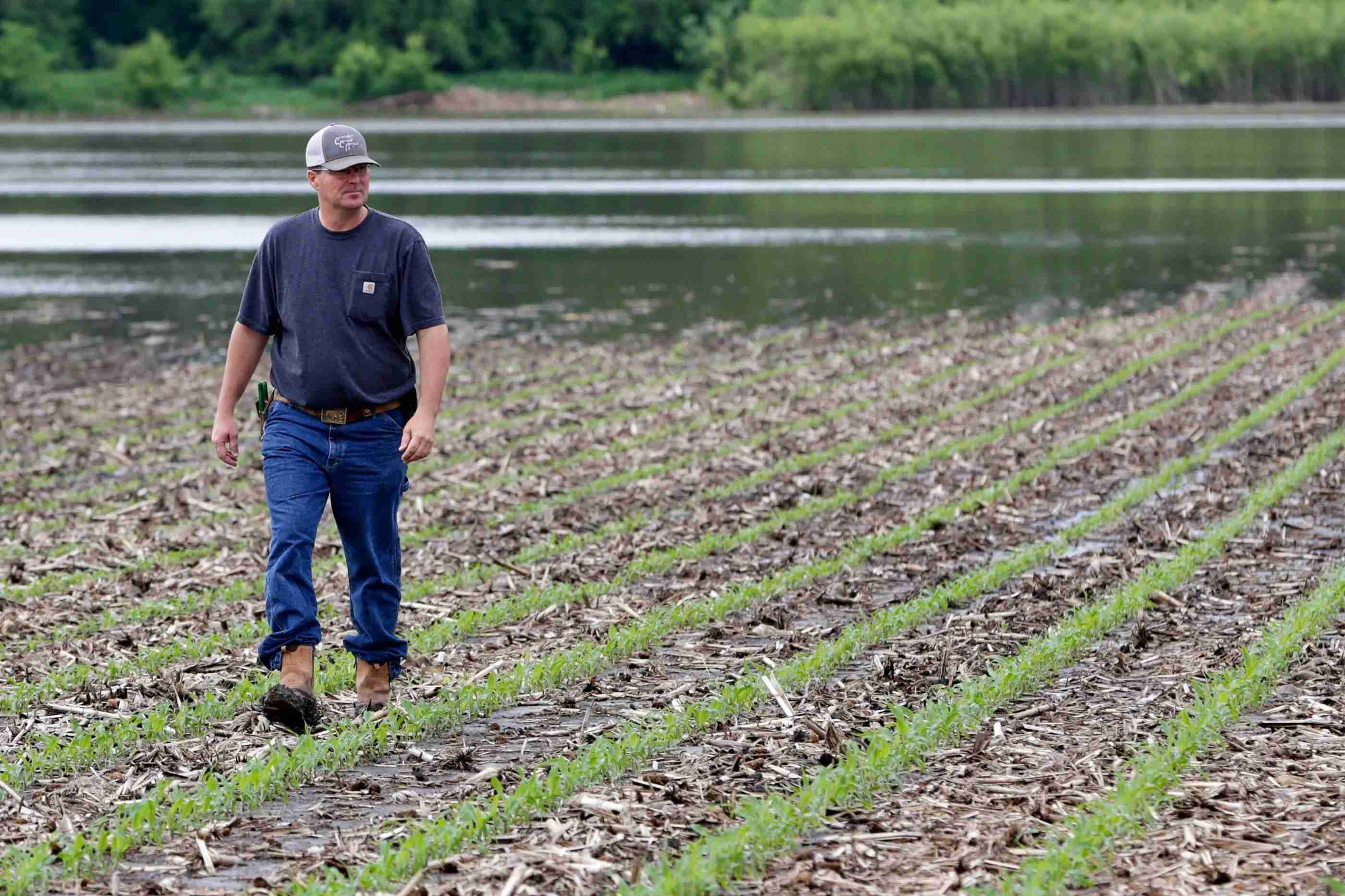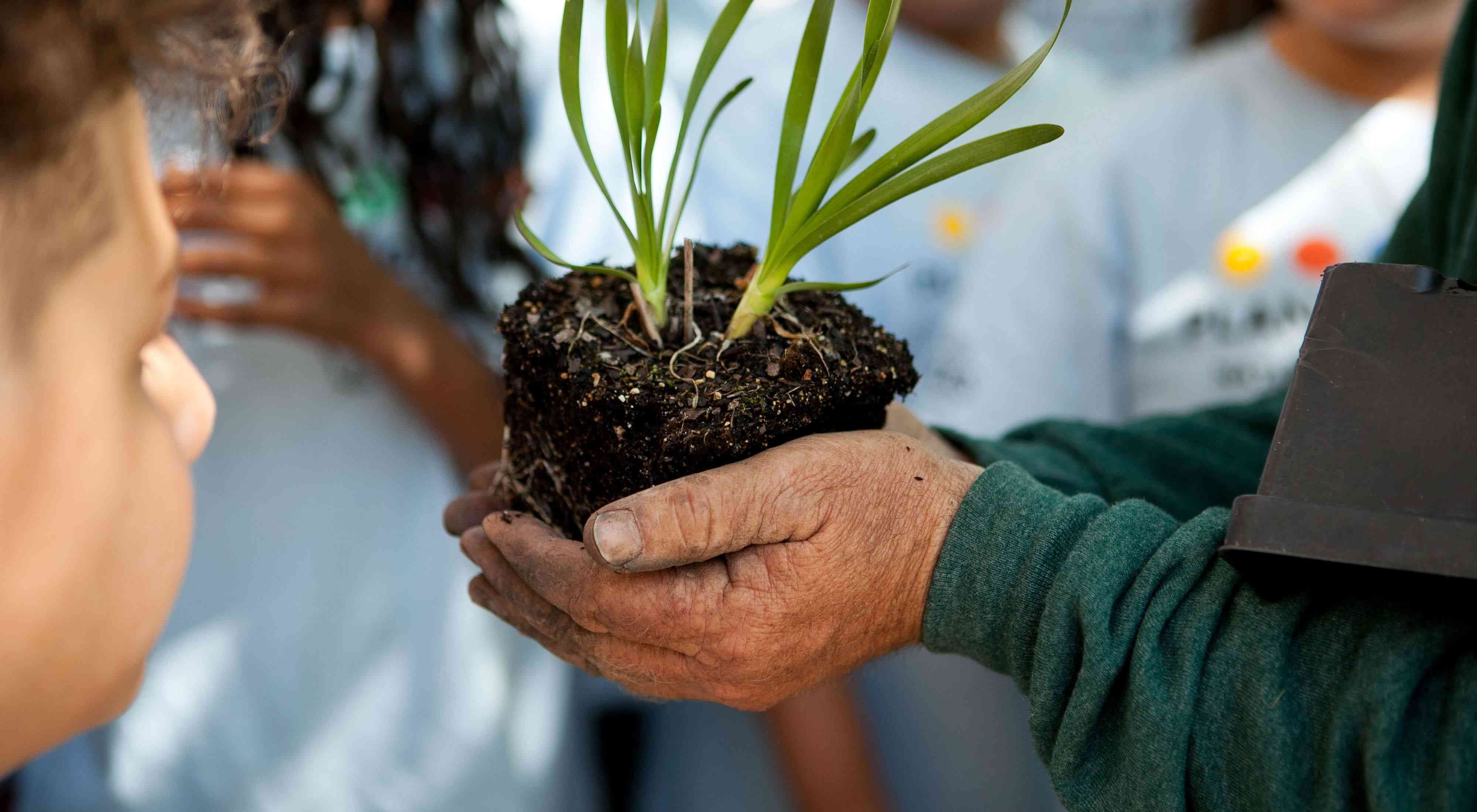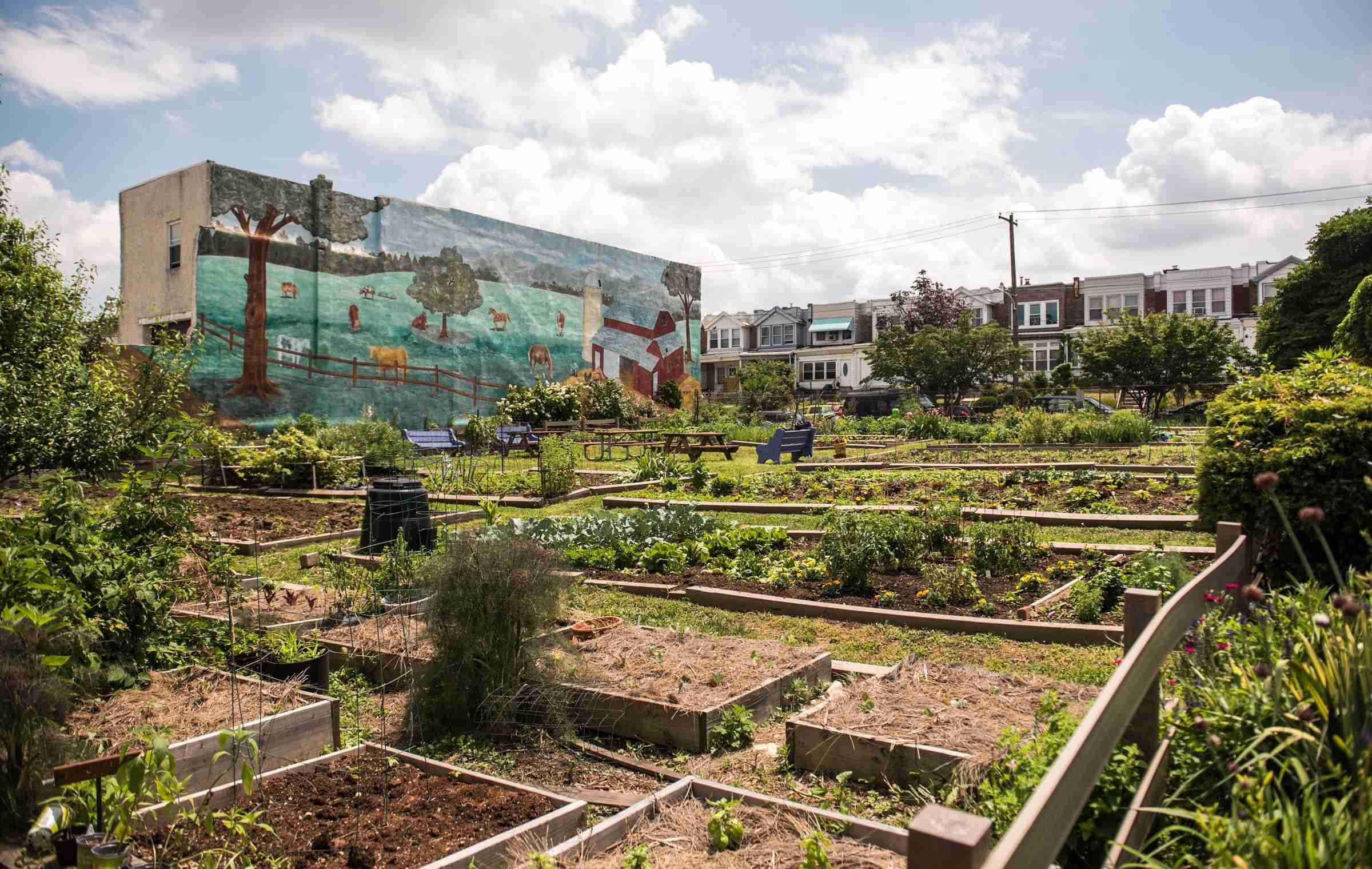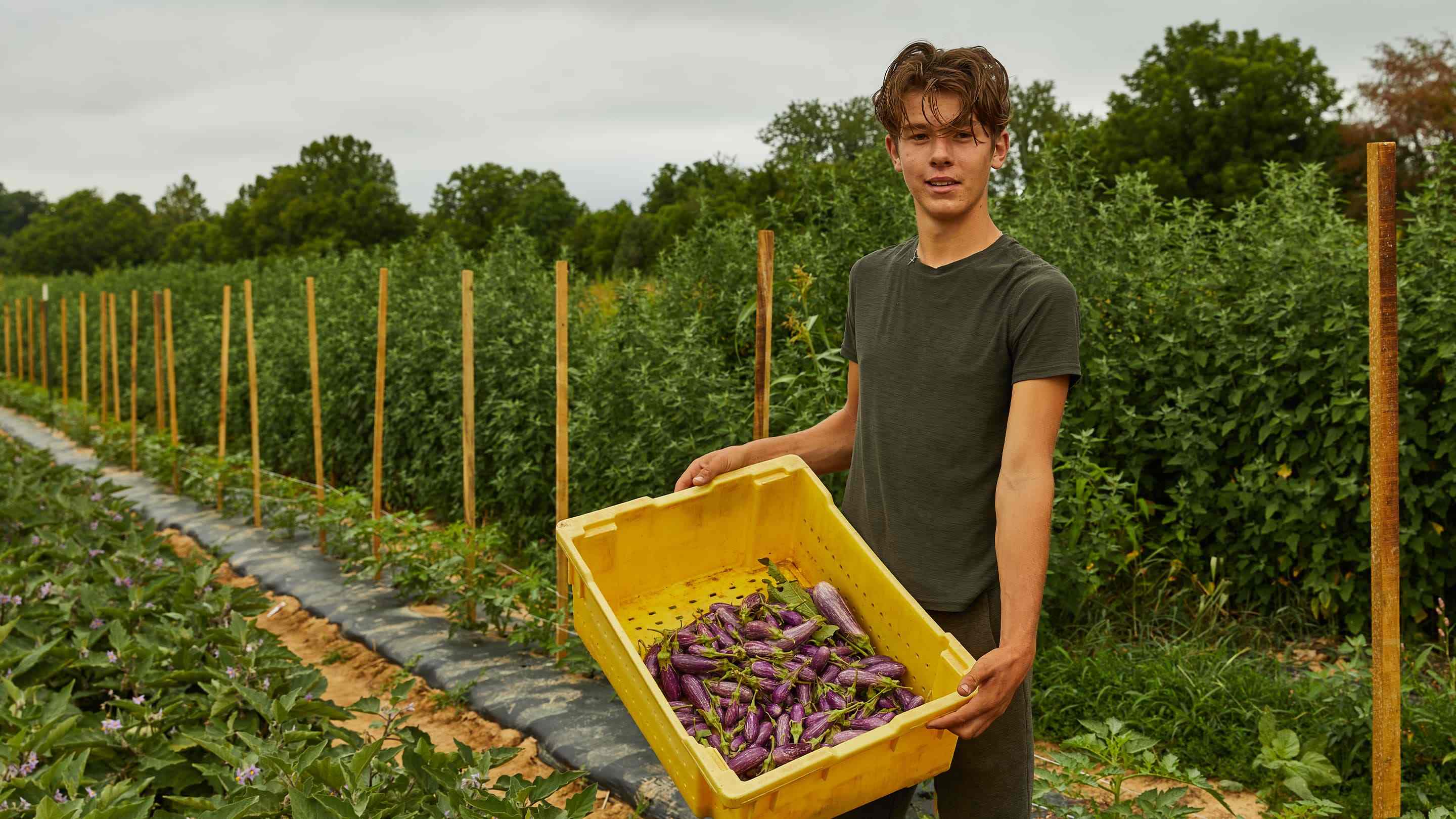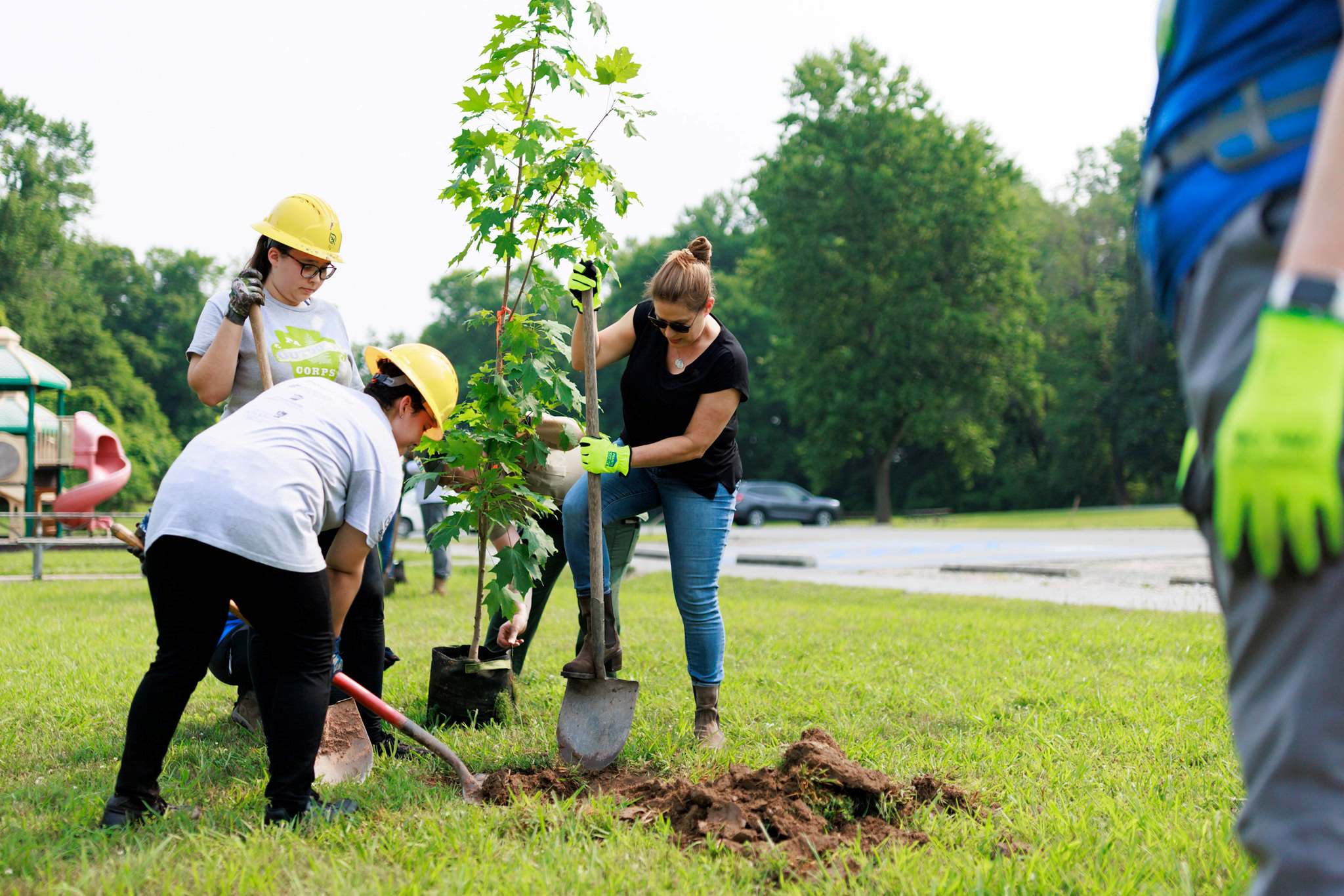Home>Gardening Basics>Understanding Soil>What Zone Is Michigan In For Planting


Understanding Soil
What Zone Is Michigan In For Planting
Modified: January 22, 2024
Discover the soil zone for planting in Michigan. Improve your understanding of soil types and conditions for successful gardening.
(Many of the links in this article redirect to a specific reviewed product. Your purchase of these products through affiliate links helps to generate commission for Chicagolandgardening.com, at no extra cost. Learn more)
Table of Contents
Introduction
Welcome to the world of gardening in Michigan! If you are a gardening enthusiast or looking to start your own backyard oasis, understanding the planting zones is crucial. Planting zones determine which plants are most suitable for your specific region based on climate and temperature. By knowing the zone you are in, you can select plants that will thrive in your area and ensure a successful garden.
Planting zones play a vital role in gardening because they provide valuable information about the average annual minimum temperatures in a given area. These zones help you determine which plants are best suited for your climate and ensure their survival throughout the growing season.
Understanding the USDA Plant Hardiness Zone Map is essential in deciphering the planting zones. This map divides the United States into numbered zones based on the average minimum winter temperature. Each zone represents a range of temperatures that reflect the region’s climate, making it easier for gardeners to choose plants that can withstand the local conditions.
Now, let’s focus on the specific planting zones in Michigan. The Great Lakes State is divided into different zones due to its varying climate and geography. These zones have a significant impact on the type of plants that can thrive in different parts of the state.
Factors such as proximity to the Great Lakes, elevation, and latitude influence Michigan’s planting zones. For instance, areas close to Lake Michigan experience a milder climate compared to the northern parts of the state. Understanding these factors will help you determine the specific zone you are in and select the appropriate plants for your garden.
In this article, we will explore the different planting zones in Michigan and discuss the best plants suited for each zone. Whether you are in Zone 4, Zone 5, or Zone 6, we have recommendations to help you create a vibrant and flourishing garden.
So, let’s dive into the world of planting zones and discover the wonderful variety of plants that can thrive in the diverse ecosystems of Michigan.
Planting Zones Explained
Before we delve into the specific planting zones in Michigan, let’s have a closer look at how planting zones work and why they are important in gardening.
The USDA Plant Hardiness Zone Map is a valuable tool for gardeners across the United States. It divides the country into different zones based on the average minimum winter temperatures. These zones range from Zone 1, the coldest, to Zone 13, the warmest.
Each zone represents a 10°F difference in average minimum temperatures. For example, Zone 4 has an average minimum winter temperature range of -30°F to -20°F, while Zone 5 has a range of -20°F to -10°F. By using this map, you can determine which plants are most likely to survive and thrive in your area based on its designated zone.
Planting zones are crucial because plants have specific temperature requirements for optimal growth. If you plant a tropical plant, for example, in a zone where winter temperatures regularly drop below freezing, the plant is unlikely to survive the winter. Knowing your zone helps you choose plants that are better suited to your climate.
It’s important to note that planting zones are not the only factor to consider when selecting plants for your garden. Factors such as soil type, sunlight exposure, and moisture levels also play a significant role in determining what will thrive in your specific area. However, the planting zone provides a foundation for understanding which plants are more likely to succeed in your region.
In addition to the USDA Plant Hardiness Zone Map, there are other regional planting zone maps available specific to certain states or areas. These maps take into account additional factors that may impact plant growth, such as proximity to bodies of water or unique microclimates.
Now that we have a good understanding of how planting zones work and why they are important, let’s explore the specific planting zones in Michigan and the factors that influence them.
The USDA Plant Hardiness Zone Map
The USDA Plant Hardiness Zone Map is a valuable resource for gardeners across the United States. Developed by the United States Department of Agriculture (USDA), this map is used to determine the suitable planting zones for various plant species. It divides the country into different zones based on the average minimum winter temperatures experienced in each region.
The purpose of the USDA Plant Hardiness Zone Map is to help gardeners select plants that are well-suited to their specific region’s climate. The zones are indicated by numbers, with lower numbers representing colder regions and higher numbers representing warmer regions.
The map takes into account the average minimum temperatures that occur in a particular area, typically over a 30-year period. By analyzing the historical data, the USDA can determine the coldest temperatures that are likely to occur in a specific zone. This information is crucial for gardeners, as plants have different temperature thresholds for survival.
The USDA Plant Hardiness Zone Map is continuously updated to provide accurate information and reflect any changes in climate patterns. It is important to note that the map is based on historical data and cannot fully account for extreme weather events or localized microclimates that may exist within a zone.
Using the map is relatively straightforward. By identifying your location on the map, you can determine the corresponding zone number. This will help you select plants that are known to thrive in your specific climate.
In addition to the zone numbers, the USDA Plant Hardiness Zone Map also includes subzones. These subzones provide further detail within a zone, taking into account factors such as elevation and proximity to large bodies of water. Subzones allow for more precise plant selection, ensuring better success in your gardening endeavors.
It’s important to consult the USDA Plant Hardiness Zone Map when planning your garden. By choosing plants that are suitable for your zone, you increase the chances of successful growth and enjoy a thriving garden year-round.
Now that we have a good understanding of the USDA Plant Hardiness Zone Map, let’s explore how it applies to the beautiful state of Michigan.
Michigan’s Plant Hardiness Zone
Michigan, known as the Great Lakes State, is geographically diverse, resulting in a range of plant hardiness zones across the state. Understanding the specific zones in Michigan is crucial for successful gardening and plant selection.
Michigan is divided into three main plant hardiness zones: Zone 4, Zone 5, and Zone 6. These zones are determined by the average minimum winter temperatures experienced in different parts of the state.
Zone 4 covers the northernmost parts of Michigan, including areas such as the Upper Peninsula and northern Lower Peninsula. This zone has the coldest temperatures in the state, with average winter lows ranging from -30°F to -20°F. Gardeners in Zone 4 need to choose plants that can withstand harsh winter conditions and have a shorter growing season.
Zone 5 encompasses a large portion of Michigan’s Lower Peninsula, including cities like Lansing, Grand Rapids, and Ann Arbor. This zone experiences slightly milder winters, with average winter lows ranging from -20°F to -10°F. Gardeners in Zone 5 have a wider range of plant options, including many perennial flowers, shrubs, and vegetables.
Zone 6 covers the southernmost parts of Michigan, including areas like Detroit, Flint, and Kalamazoo. This zone enjoys relatively mild winters, with average winter lows ranging from -10°F to 0°F. Gardeners in Zone 6 can grow a wide variety of plants, including many tender perennials, annuals, and tropical plants.
It’s important to note that within each zone, there may be microclimates that can impact plant growth. Factors such as proximity to bodies of water, elevation, and sun exposure can create localized variations in temperature and growing conditions.
Understanding the specific plant hardiness zone you are in is key to selecting plants that will thrive in your region. By choosing plants that are suited to your zone’s temperature and climate, you can ensure better success in your gardening endeavors.
Now that we have explored Michigan’s plant hardiness zones, let’s delve into the factors that influence these zones and how they impact gardening in the state.
Factors Affecting Planting Zones in Michigan
Several factors influence the planting zones in Michigan, contributing to the variations in climate and temperature across the state. Understanding these factors is essential for successful gardening and plant selection.
1. Proximity to the Great Lakes: Michigan is surrounded by the Great Lakes, which significantly influence the local climate. The lakes act as a moderating force, impacting temperature and weather patterns. Areas located near the Great Lakes, such as cities along Lake Michigan, tend to have milder winters and cooler summers compared to inland regions.
2. Elevation: The elevation of an area can affect its planting zone. Higher elevation areas experience cooler temperatures, especially during winter. In Michigan, the Upper Peninsula, which is more elevated than the Lower Peninsula, falls into Zone 4, indicating colder winters and shorter growing seasons.
3. Latitude: Michigan’s position in relation to the equator affects its planting zones. The southern parts of the state, closer to the 42nd parallel, have milder winters and longer growing seasons, falling into Zone 6. As you move northward, the climate becomes colder, resulting in Zone 5 and eventually Zone 4 in the northernmost regions.
4. Microclimates: Microclimates within a specific zone can also impact plant growth. Factors such as urban heat islands, wind patterns, and exposure to sunlight can create localized variations in temperature and growing conditions. For example, cities and built-up areas may have slightly warmer microclimates compared to rural regions
5. Weather patterns: Annual weather patterns, including seasonal temperature fluctuations, precipitation levels, and the frequency of extreme weather events, can influence planting zones. Changes in climate over time can also impact long-term shifts in planting zones. It’s important to stay updated on weather forecasts and local climate trends when planning your garden.
Understanding these factors is crucial for selecting plants that are well-adapted to your specific planting zone within Michigan. By taking into account the local climate, temperature, and weather conditions, you can choose plants that are more likely to thrive in your garden.
Now that we have explored the factors influencing planting zones in Michigan, let’s discover some of the best plants suited for each zone in the state.
Best Plants for Different Zones in Michigan
Michigan’s diverse planting zones offer a wide range of opportunities for gardening enthusiasts. Each zone has its own unique climate and temperature characteristics, and selecting the right plants for your specific zone is crucial for a successful garden. Let’s explore some of the best plants suited for different zones in Michigan.
Zone 4: In the northernmost parts of Michigan, where Zone 4 predominates, it is essential to choose plants that can withstand harsh winters and have shorter growing seasons. Some excellent plant options include hardy perennials like peonies, hostas, and daylilies. Cold-tolerant vegetables like cabbage, kale, and broccoli are also suitable choices for Zone 4 gardens.
Zone 5: The majority of Michigan’s Lower Peninsula falls into Zone 5, which offers more moderate winters compared to Zone 4. Here, gardeners can grow a wide variety of flowers, shrubs, and vegetables. Popular choices include roses, coneflowers, asters, and black-eyed Susans for vibrant flower beds. For vegetables, options like tomatoes, peppers, beans, and lettuce thrive well in Zone 5 gardens.
Zone 6: The southernmost parts of Michigan, including cities like Detroit and Grand Rapids, fall into Zone 6. This zone allows for a more extended growing season and offers the opportunity to grow a wide range of plants. Flowering favorites like hydrangeas, petunias, and marigolds excel in Zone 6 gardens. Fruits like apples, peaches, and cherries also thrive, along with vegetables such as cucumbers, zucchini, and sweet corn.
It’s important to consider other factors like soil type, sun exposure, and moisture levels when selecting plants for your garden. Some plants may have specific requirements beyond their hardiness zone, so it’s essential to research the needs of each plant before adding it to your garden.
Additionally, native plants are a great choice for Michigan gardens, as they are adapted to the local climate and provide important habitats for wildlife. Consider incorporating native species like bee balm, milkweed, and goldenrod to support local ecosystems and enhance the beauty of your garden.
Whether you’re in Zone 4, Zone 5, or Zone 6, there are countless plant options to create a vibrant and flourishing garden in Michigan. Remember to choose plants that are well-suited to your specific zone’s climate and conditions to ensure the best chances of success.
Now that we have explored the best plants for different zones in Michigan, let’s conclude by summarizing the importance of understanding the planting zones for successful gardening in the state.
Conclusion
Gardening in Michigan is a delightful and rewarding experience, but understanding the planting zones is key to creating a thriving garden. By knowing your specific zone, as determined by the USDA Plant Hardiness Zone Map, you can select plants that are best suited to your region’s climate and temperature.
Michigan’s diverse geography and climate result in three main planting zones: Zone 4, Zone 5, and Zone 6. Each zone has its own unique characteristics and offers different opportunities for plant growth. Factors such as proximity to the Great Lakes, elevation, latitude, and microclimates within each zone all contribute to the variation in planting conditions across the state.
When selecting plants for your Michigan garden, consider both your zone and other factors like soil type, sun exposure, and moisture levels. Native plants are a great choice, as they are adapted to the local climate and provide important habitats for wildlife.
In Zone 4, hardy perennials and cold-tolerant vegetables thrive despite harsh winters. In Zone 5, a wide range of flowers, shrubs, and vegetables can be grown successfully. In Zone 6, the longest growing season allows for an even greater diversity of plants, including fruits and heat-loving vegetables.
Remember to consult the USDA Plant Hardiness Zone Map and consider the specific needs of each plant before adding it to your garden. By choosing plants that are well-suited to your zone and local conditions, you increase the chances of a successful and flourishing garden.
Whether you’re a seasoned gardener or a beginner, understanding the planting zones in Michigan is essential for a thriving garden. Embrace the opportunity to explore the wide variety of plant species that can flourish in the diverse ecosystems of the Great Lakes State, and create a beautiful and bountiful garden that you can enjoy for years to come.
